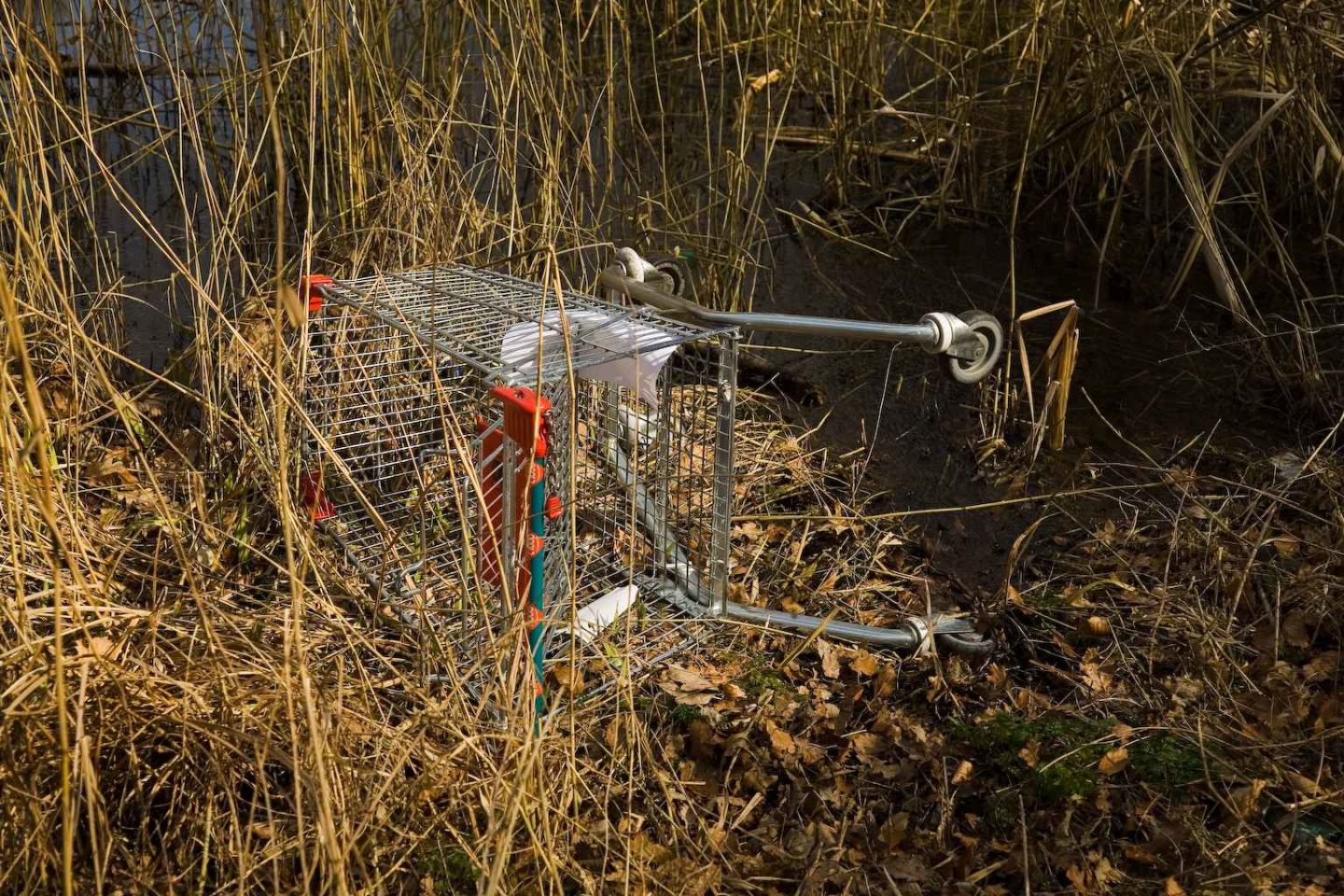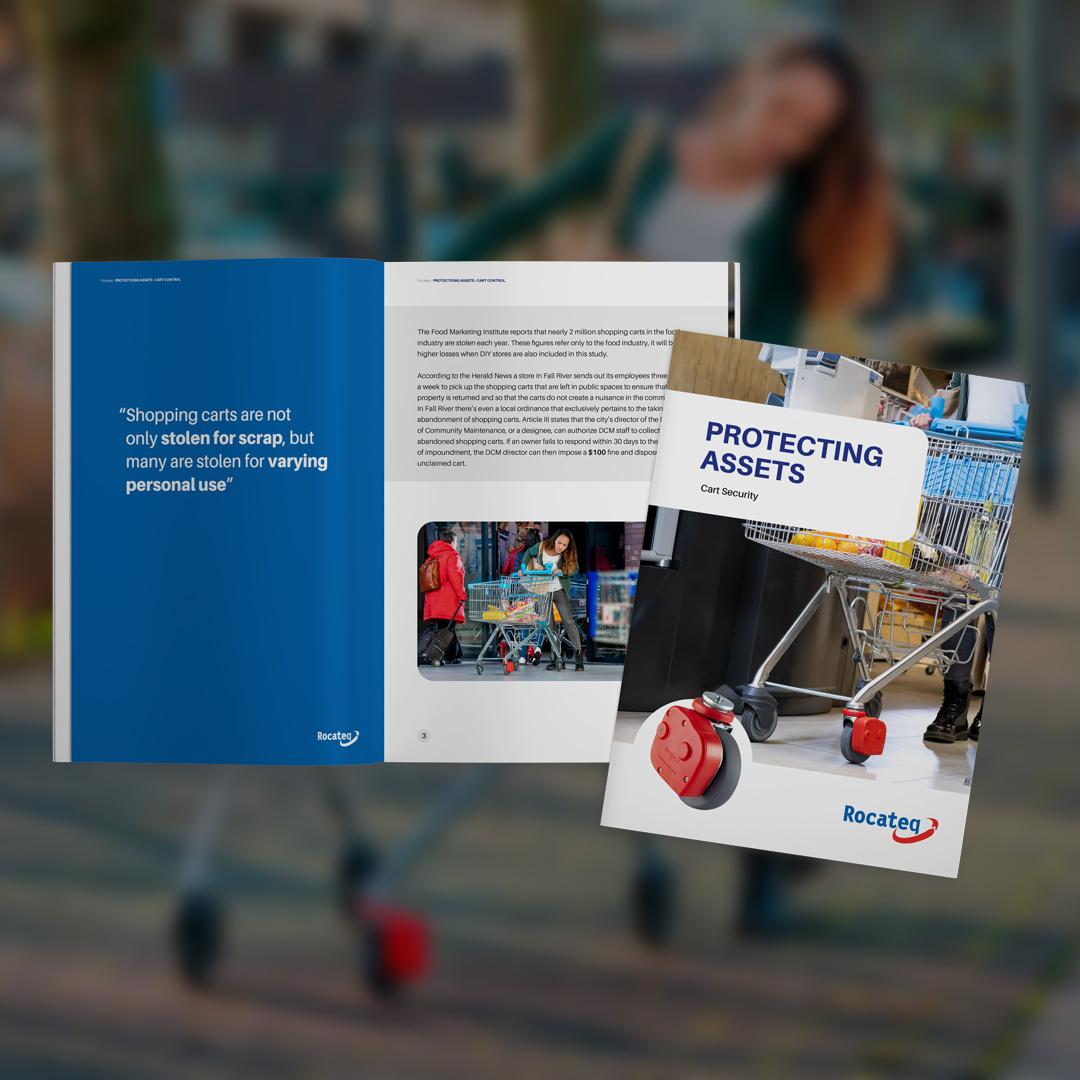It was a day like any other day in 1937 in Oklahoma City. Syvan N. Goldman had been the owner of a new kind of shop for a few years; customers could pick their own products from the shelves in the shop and then pay for them at a cash register. Goldman found that his shopping baskets were filling up quickly and he had been thinking about how to entice his customers to buy more products per visit to the shop. EUREKA: Suddenly he knew! The customers should get a trolley at the entrance and put their shopping in it. That way, they would buy more than they could carry otherwise.
Goldman’s first shopping trolley consisted of a moving rack with two baskets attached one above the other. Unfortunately for Goldman, his shopping trolley was not popular with his customers at first. Women found walking with this shopping trolley very similar to walking with a pram and men found it very feminine to walk behind a shopping trolley. Like a true entrepreneur, Goldman thought up a trick. He let young men and women walk through his shop with a shopping trolley. Slowly but surely, more and more customers saw the convenience of a shopping trolley and began to use it, resulting in increasing sales for Goldman.
The success of his invention must also have surprised Goldman. Every supermarket discovered the convenience of the shopping trolley and more importantly the increase in sales when customers were enticed to shop with a trolley.
Everyone who goes to a supermarket nowadays expects to find plenty of shopping trolleys in good condition. Nowadays, every supermarket therefore has shopping trolleys! Unfortunately, every supermarket also knows that its trolleys are stolen or disappear because they can easily be used for other purposes. Goldman never imagined that his idea would also be used for other purposes. Countless shopping trolleys have ended up as storage racks, chairs, barbecues or rabbit huts. Not only are shopping trolleys used for these new applications, but they also create unsafe situations if they are left lying around on public roads.
The more popular the shopping trolley became, the more it disappeared every year. As early as 1998, the Central Food Trade Agency calculated that more than 20,000 shopping trolleys disappeared every year in the Netherlands. (Trouw; 19 May 1998). This number only increased in the following years, resulting in enormous costs for the supermarkets. In the 1980s and 1990s, there were attempts to stop the theft of shopping trolleys. These attempts were not very successful.
Many may not even know they have a shopping trolley theft issue because most Loss Prevention executives do not ever see the financial loss information regarding shopping trolleys. Find out what the impact of loss of shopping trolleys really is and how it affects your sales.
Download nowTo prevent wastage of shopping trolleys and to make them last longer, Rocateq started from Barendrecht (NL) in 2000 with the conviction to stop the loss of shopping trolleys by the intelligent Rocateq wheel. The Rocateq wheel, which fits under all shopping trolleys, is equipped with a brake mechanism that brakes the trolley as it leaves the shop’s car park, making it possible to push the trolley past the car park boundary only with a great deal of force and effort. If, however, the customer pulls the shopping trolley back towards the supermarket, the braking mechanism in the Rocateq wheel is deactivated and the trolley can easily be driven to the shopping trolley shelter. In this way the shop retains possession of the shopping trolley, the trolleys last longer and it is no longer necessary to buy new trolleys every month.
.
Many may not even know they have a shopping trolley theft problem because most security departments never see the financial consequences related to the loss of shopping trolleys. Find out what the impact of shopping cart loss really is and how it affects your sales.




